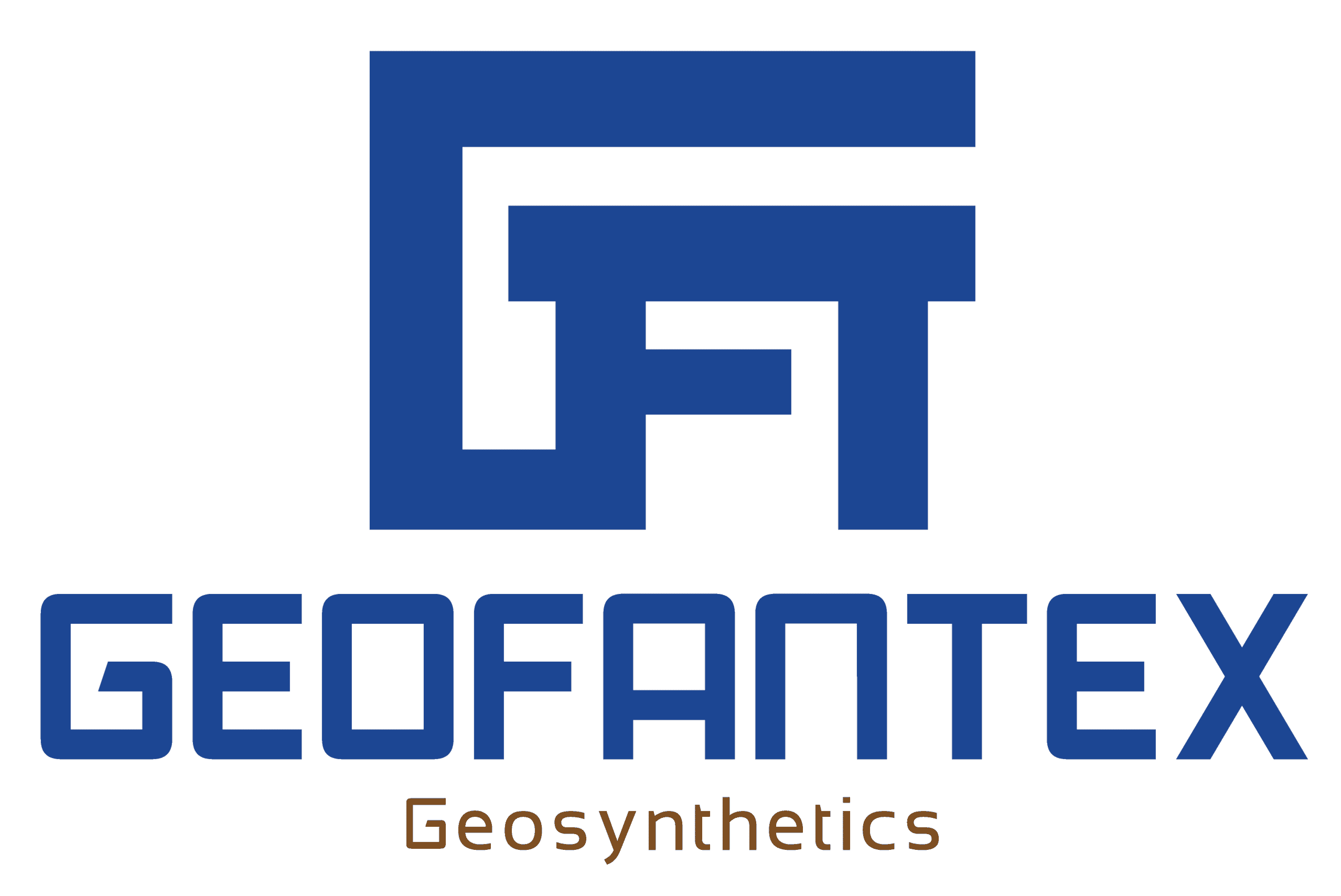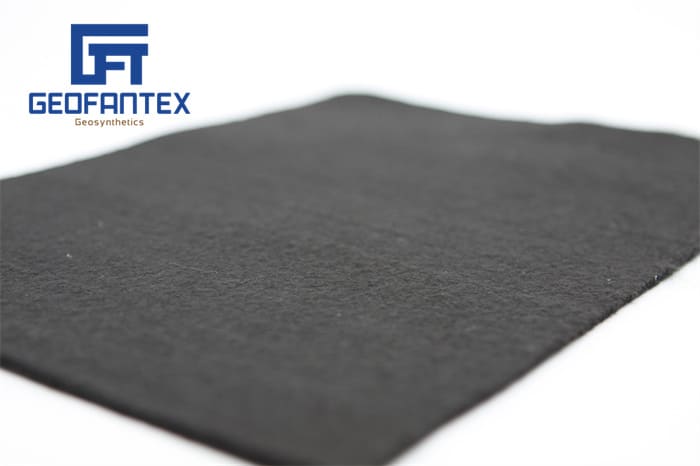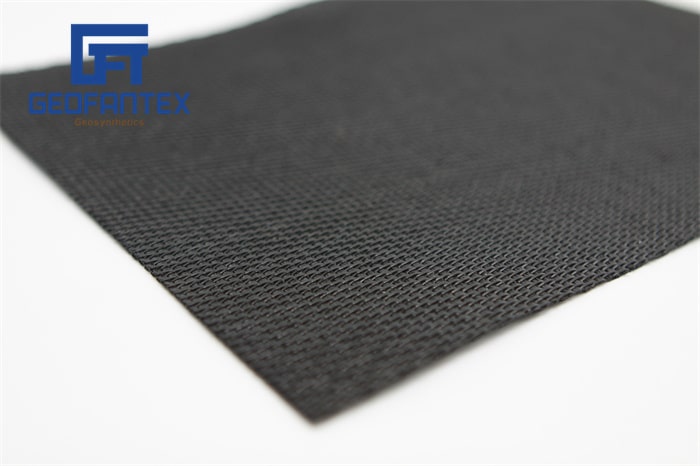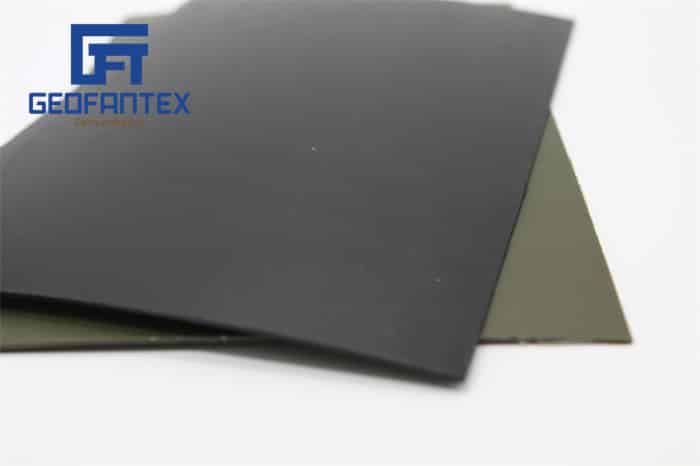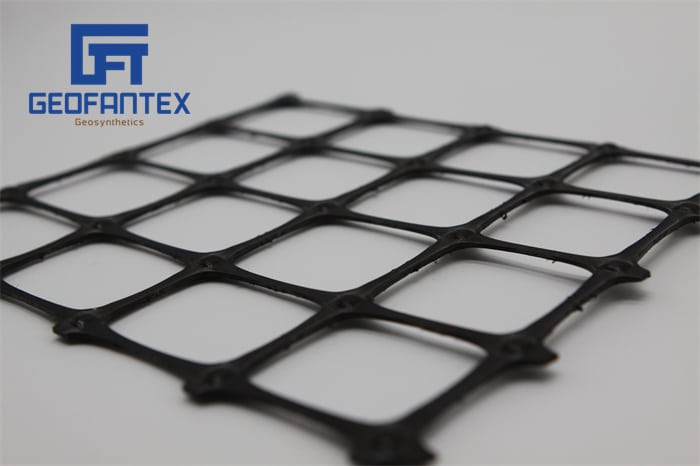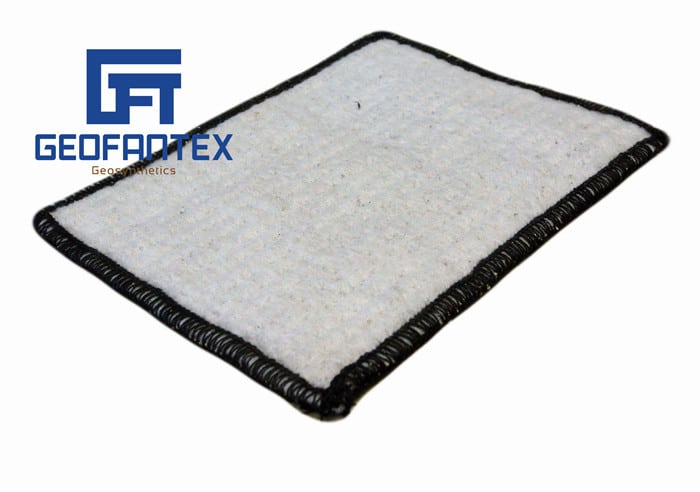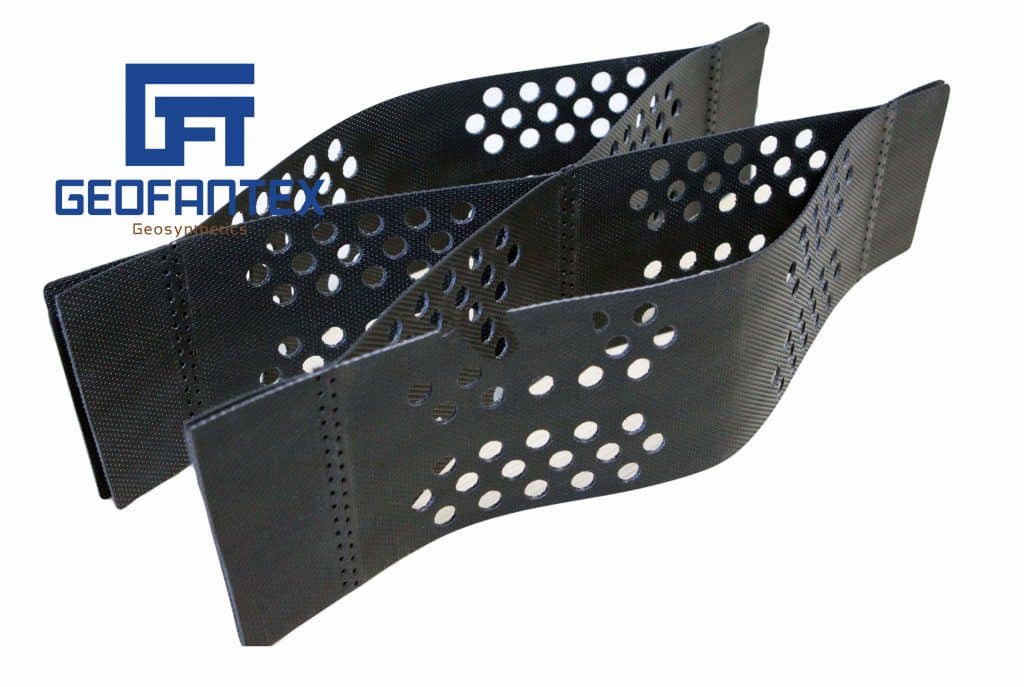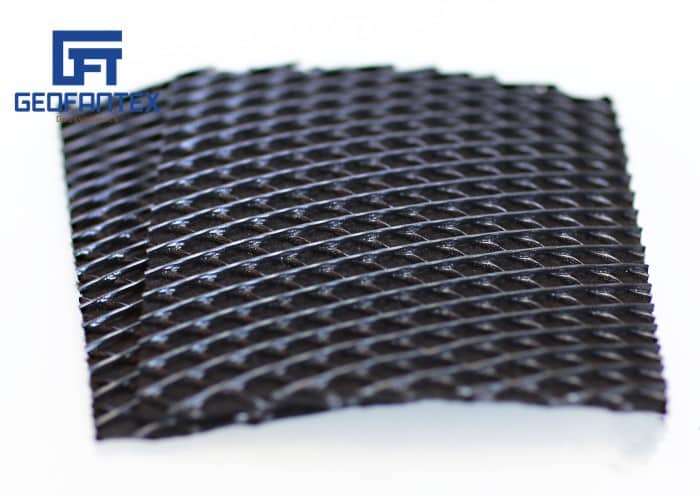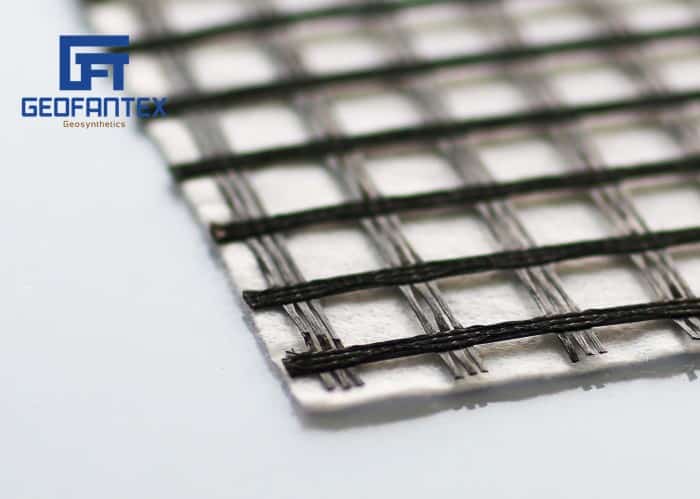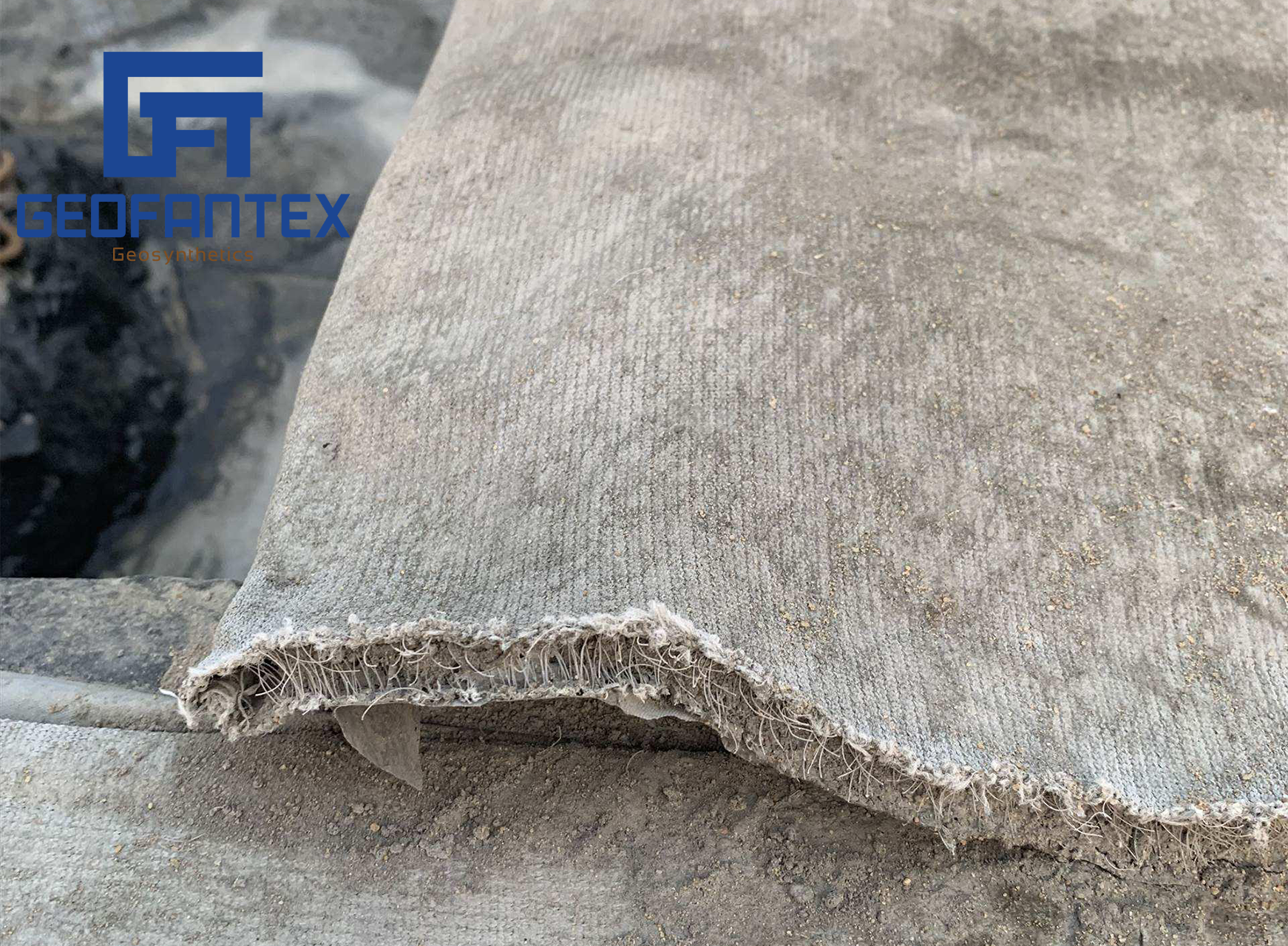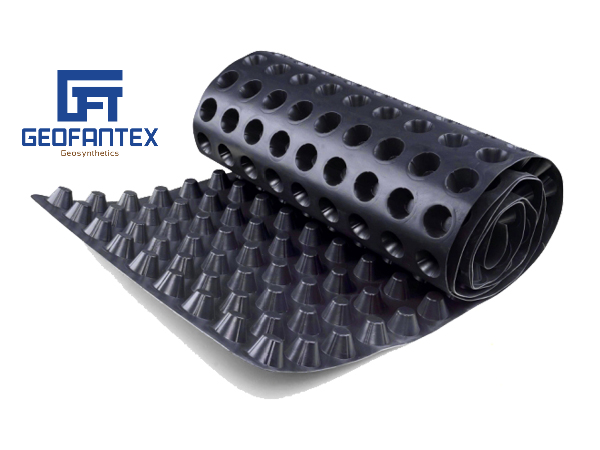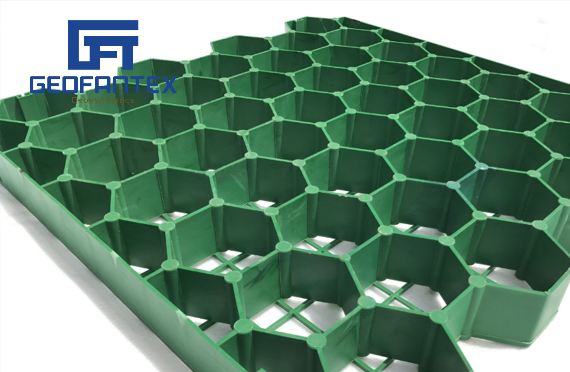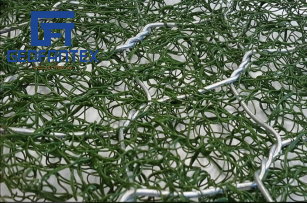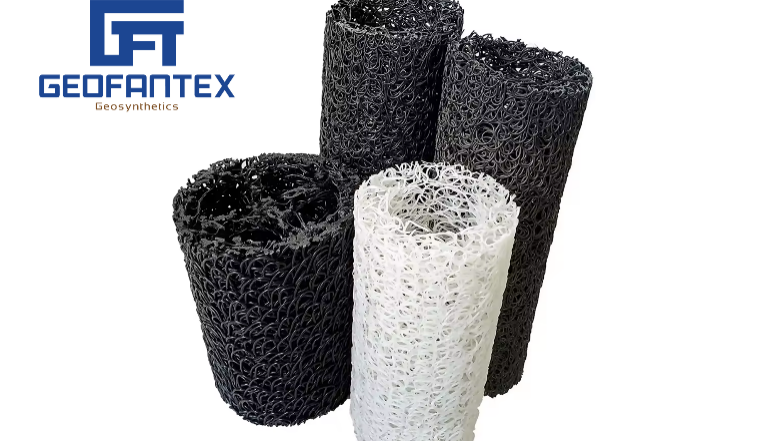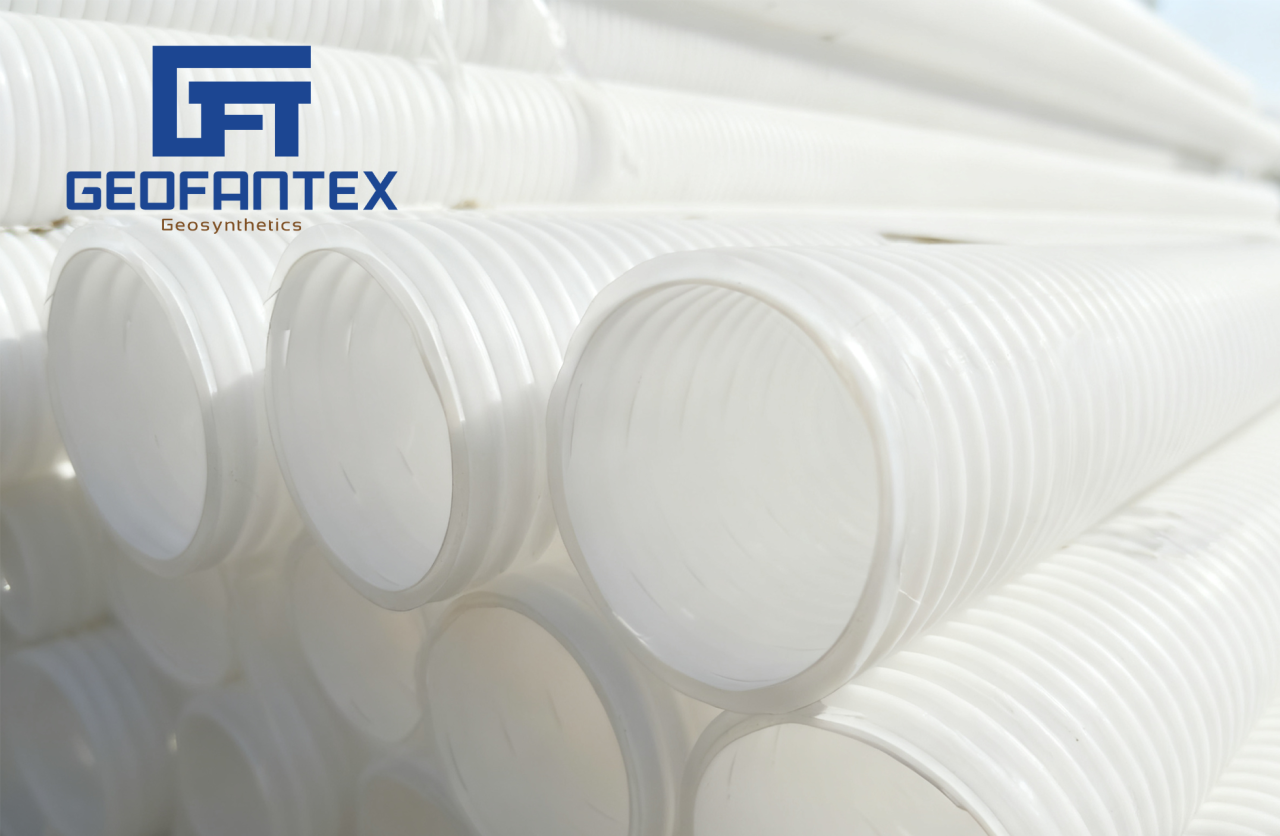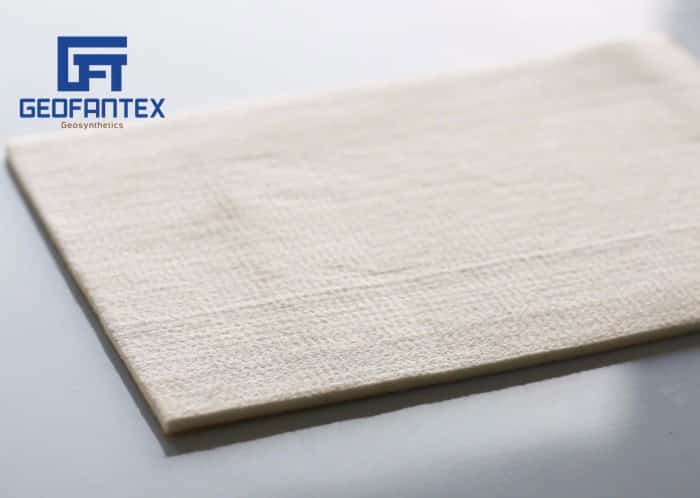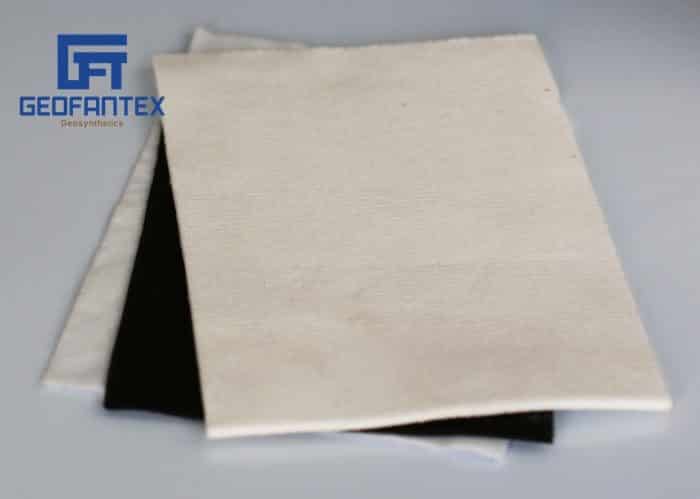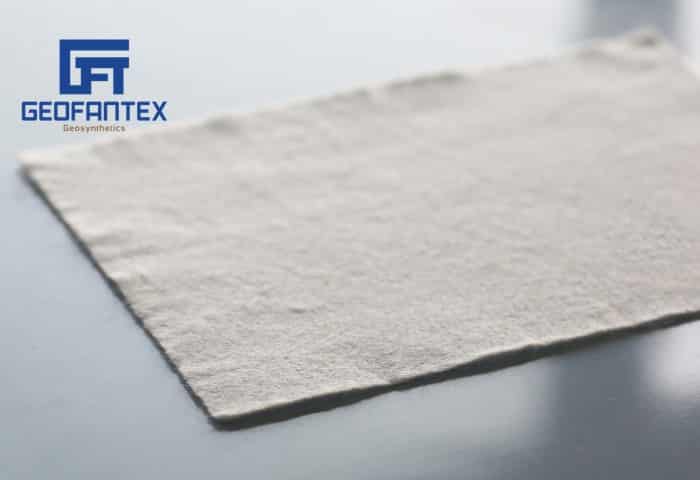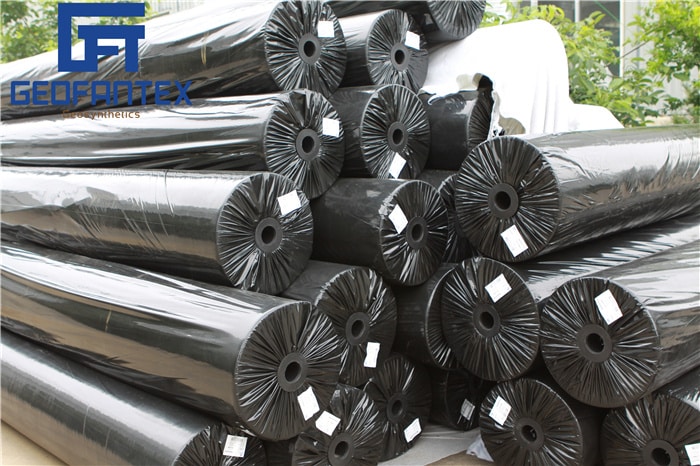+86-159 9860 6917
info@geofantex.com
geofantex@gmail.com
+86-400-8266163-44899
In the realm of geosynthetics, geotextile fabric containment plays a pivotal role in environmental protection. These permeable materials are engineered to reinforce soil, improve drainage, and prevent erosion, making them indispensable in civil engineering applications. Their versatility extends to secondary containment systems, where they serve as barriers to prevent the migration of contaminants. Learn more about sustainable containment solutions and geotextile material options at Geofantex Containment Solutions.
What is geotextile fabric containment, and how does it function?
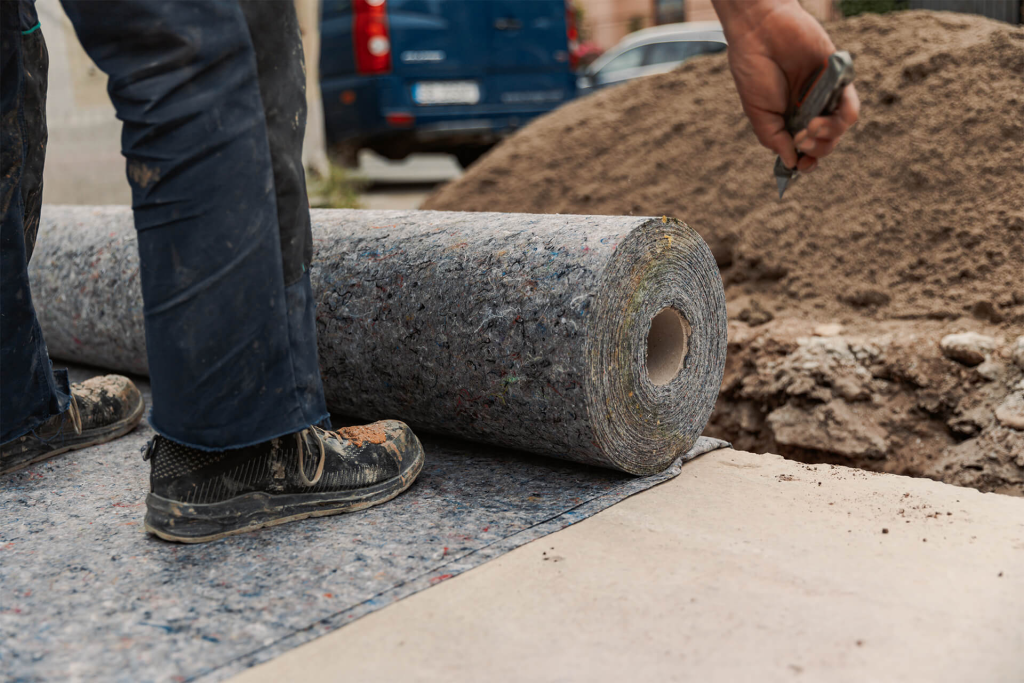
Geotextile fabric containment refers to using geotextile materials to create barriers that control the movement of fluids or contaminants. These fabrics are designed to separate, filter, reinforce, and protect soil and other materials. For example, in secondary containment systems, geotextile fabrics are employed beneath geomembranes to enhance flexibility, adhesion, and puncture resistance. For detailed material properties, installation techniques, and application examples, visit Geofantex Material Guide and Geofantex Fabric Functions.
What are the primary applications of geotextile fabric containment?
Geotextile fabric containment is widely used in civil and environmental engineering projects:
- Secondary Containment Systems: Geotextile fabrics are used beneath geomembranes to prevent hazardous substance migration. Additional case studies and practical applications can be found at Geofantex Containment Cases and Geofantex Industrial Solutions.
- Erosion Control: Geotextile fabrics stabilize soil in erosion-prone areas, preventing topsoil loss. Explore erosion control strategies at Geofantex Erosion Solutions.
- Landfill Liners: They provide filtration and separation between landfill layers. See Geofantex Landfill Liners for more details.
- Slope Stabilization: Geotextile fabrics reinforce slopes to prevent landslides. Review Geofantex Slope Stabilization for case studies.
These applications highlight the versatility and importance of geotextile fabric containment. Learn additional civil and environmental uses at Geofantex Applications.
What are the industry trends and market outlook for geosynthetics?
The global geosynthetics market is experiencing strong growth:
- Market Size: The global geosynthetics market was USD 16,517.7 million in 2024 and is projected to reach USD 24,598.5 million by 2030, growing at a CAGR of 8.3% from 2025 to 2030 . For geotextile-specific trends, see Geofantex Market Insights.
- Product Segmentation: Geotextiles accounted for USD 7,981.0 million in 2024, indicating their dominant role in the geosynthetics market .
- Regional Insights: Asia Pacific was the largest revenue-generating market in 2024, with China expected to register the highest CAGR from 2025 to 2030.
These trends demonstrate the growing adoption of geosynthetics, including geotextile fabric containment, driven by infrastructure development and environmental regulations.
How do I install geotextile fabric containment systems correctly?

Proper installation is crucial for effectiveness:
- Site Preparation: Excavate the area to the desired depth, removing sharp objects. Guidance at Geofantex Site Prep.
- Fabric Placement: Lay the geotextile fabric flat without wrinkles. Learn Geofantex Placement Techniques.
- Securing the Fabric: Anchor with stakes or pins.
- Adding Containment Layer: Place geomembranes or other primary containment layers.
- Final Inspection: Check seams and gaps. Inspection tips at Geofantex Quality Check.
Additional step-by-step installation examples and tutorials are available at Geofantex Tutorials.
In conclusion, geotextile fabric containment offers a versatile and effective solution for environmental protection in civil engineering. With growing demand for sustainable and reliable containment systems, geosynthetics adoption is expected to continue rising. For more insights, applications, and case studies, visit Geofantex Solutions.
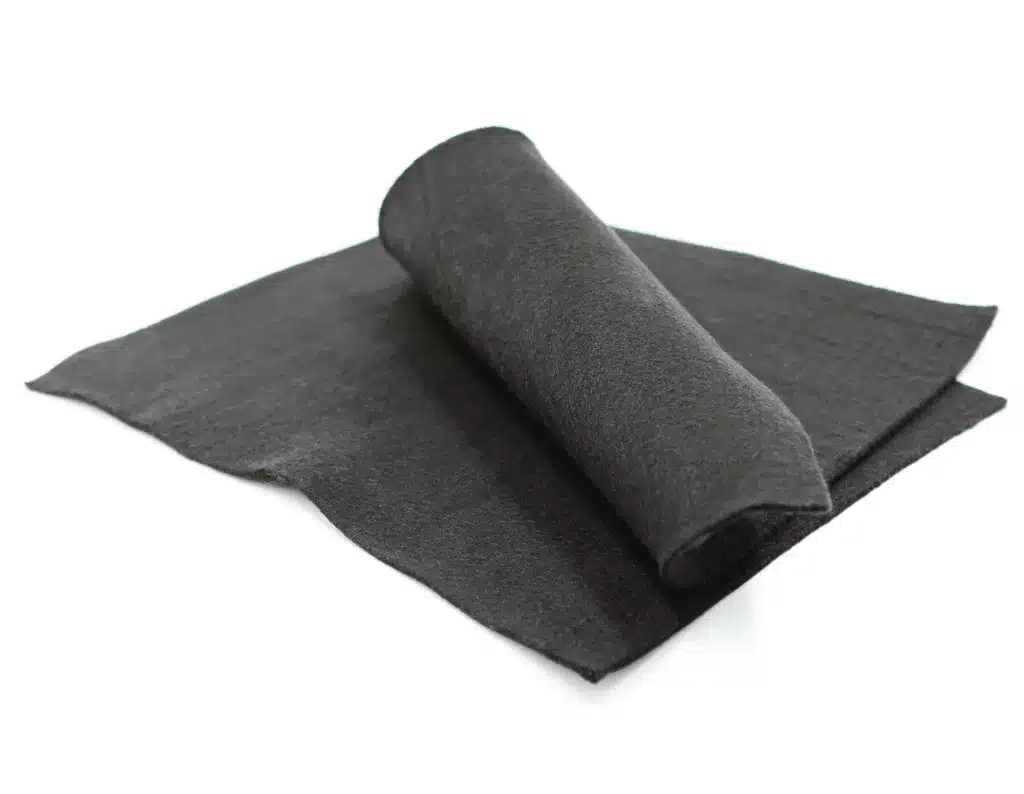
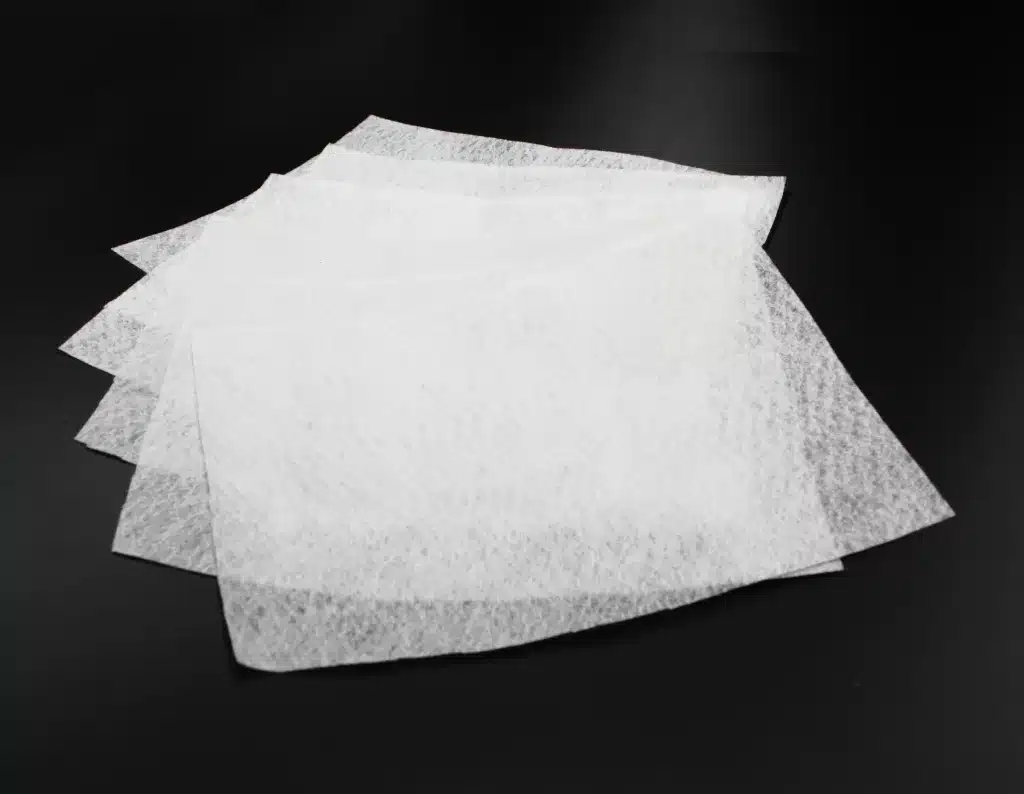
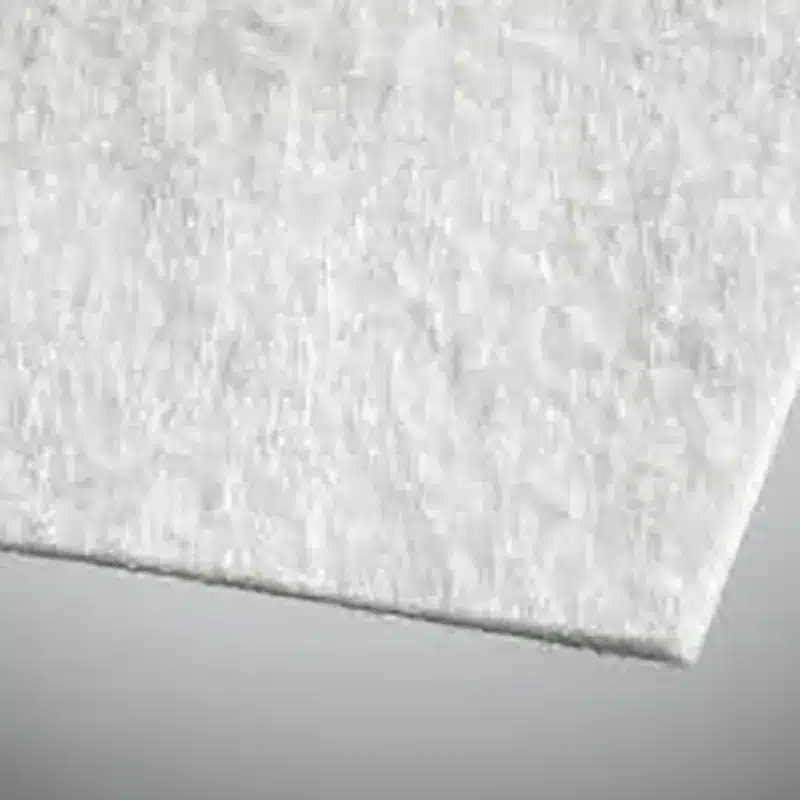
Get Free Sample
We’ll respond as soon as possible(within 12 hours)
